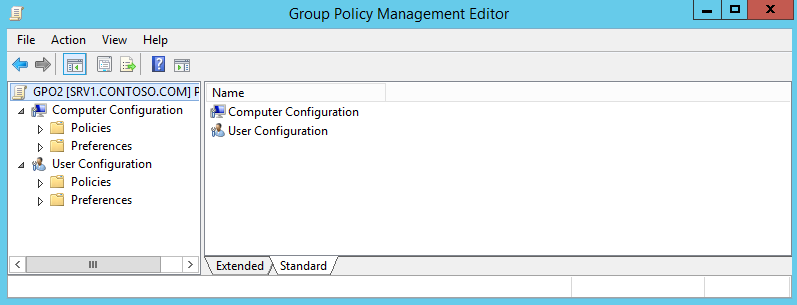


A system with a Trusted Platform Module (TPM) is ready to use BitLocker. Originally, BitLocker supported only system drives, but current versions of Windows also support encrypting non-system drives and removable drives (BitLocker To Go). Starting with Windows Vista & Windows Server 2008, Microsoft includes BitLocker support in business-oriented versions of its desktop operating systems.

Many instances of significant data breaches have been the result of the loss or theft of unencrypted devices. Use FDE such as BitLocker, BitLocker To Go, or a similar product on laptops and mobile devices that store or access sensitive data. Only an authorized user can view the drive’s contents after logging in to the system. The p7zip tool is available HERE it is a Linux version of 7-Zip’s command-line version.ĭisk-level encryption, also referred to as full-disk encryption (FDE), is the encryption of all data on a disk drive, including the program that encrypts the bootable OS partition. This type of encryption is often referred to in Linux as “filesystem stacked level encryption.” eCryptfs encryption stays with a file when it is copied from one system to another. eCryptfs is supported by the Linux kernel. Most of these work by encrypting a copy of the file, so the original should be deleted after encryption.
GPG SUITE FOR OS X 10.7 ARCHIVE
To create compressed archive files that are also encrypted using AES-256 encryption, use iZip.Ĭommon encryption tools that can be installed with most distributions include Gnu Privacy Guard ( GnuPG) with a Windows version available HERE, eCryptfs, OpenSSL, VeraCrypt, etc.
GPG SUITE FOR OS X 10.7 FREE
MacOS does not include file-level encryption, but it can be added through various free and commercial apps, such as AxCrypt, Concealer, Espionage 3, SimpleumSafe, VeraCrypt, etc. The encrypted file now has a padlock, and the filename might also be displayed in green.Click Apply, then OK on the properties sheet for the file.Click the Encrypt contents to secure data check box.Click Details to specify which users can open the file when encrypted.From the Home tab in File Explorer, open the Properties menu and click Properties.

To encrypt a particular file or folder with EFS, follow these steps: EFS facilitates the transparent encryption and decryption of files by making use of complex, standard cryptographic algorithms. Encryption can take place on a file level, a disk level, or in a mobile device.įile-level (also known as file/folder-level) encryption is a form of disk encryption where individual files or directories are encrypted by the file system itself other files on the device are not affected.Īn Encrypting File System (EFS) is a functionality of the New Technology File System (NTFS) found on various versions of Microsoft Windows (Pro, Ultimate, Business) and all server versions starting with Windows 2000. Data at Restĭata at rest is defined as data that is not in use or is not traveling to system endpoints, such as mobile devices or workstations. Data can be encrypted where it is stored (data at rest) and when being sent between devices (data in transit). In computer algorithms, encryption and decryption methods can be extremely much more complex. In the above example, the key is used to reverse each transformation. To decipher the ciphertext, the receiver must have a key.


 0 kommentar(er)
0 kommentar(er)
